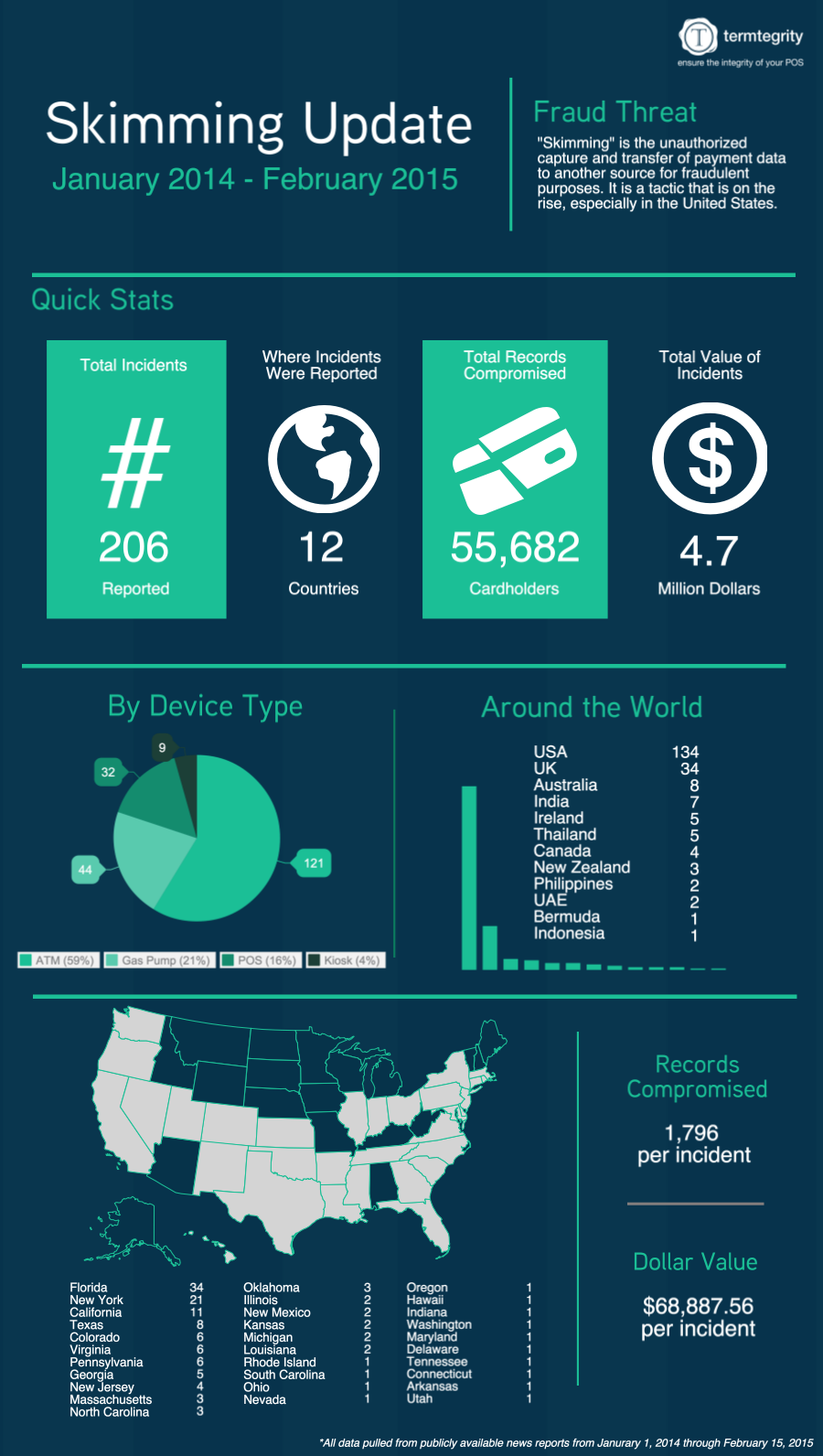In order to assist merchants that have to meet this requirement, several independent organizations have already published white papers, most of which are available on our resources page. However, over the last week or two, the conversations I’ve had with customers and others have indicated that a little more clarification would be helpful.
So, today's post starts a series that dives deeper into 9.9, its sub-requirements, and the nuances of the mandate. Our founder, Vasu, will be jumping in as well to help make this as clear as possible.
Here we go:
9.9 = PHYSICAL SECURITY OF DEVICES
Protect devices that capture payment card data via direct physical interaction with the card from tampering and substitution.
So what does “direct physical interaction” mean? In the payments world, that would be all the devices used for “card present” transactions. These devices definitely include the standard payment terminals (customer facing or not), kiosks, self-checkout lanes, etc.
Now, how do we go about protecting these devices? According to the requirement, it's by creating an inventory of the devices (9.9.1), physically inspecting them (9.9.2), and empowering staff with training (9.9.3).
But I’ll get to that in a second. I want to pause here to mention that within this requirement is the mandate for completely new organizational policy, procedure, and process. It’s worth stating again - since this was never required before, the creation and implementation of new policies, trainings, and in-store process is necessary. Thus the extra six months.
9.9.1 = INVENTORY
Maintain an up-to-date list of devices. The list should include the following:
Make, model of device.
Location of device (for example, the address of the site or facility where the device is located).
Device serial number or other method of unique identification.
There are several tracking mechanisms that can be used including many of the device management tools to maintain this inventory.
Keep in mind though; inventory needs to aid inspection. As an example, if we had a tool that was taking only a logical inventory of all the devices and it wasn’t verifiable physically, it would be pretty pointless when it comes to this requirement.
So it doesn’t matter what tool you choose, make sure that your inventory is physically verifiable.
This makes sense as you think about it. The logical component is ensuring protection of card data by tying something about the payment device to something in your environment (like a serial number, a digital signature of the payment terminal, etc.). A human, during the inspection process, needs to be able to walk around and ensure that what the computer “thinks” it’s tracking is the same thing that is actually, physically there.
In Part II and Part III we will talk about how to tie this logical inventory to a physically verifiable activity and the considerations that go with it. Stay tuned.
Be sure not to miss a post by subscribing to get the blog delivered directly to your inbox.


